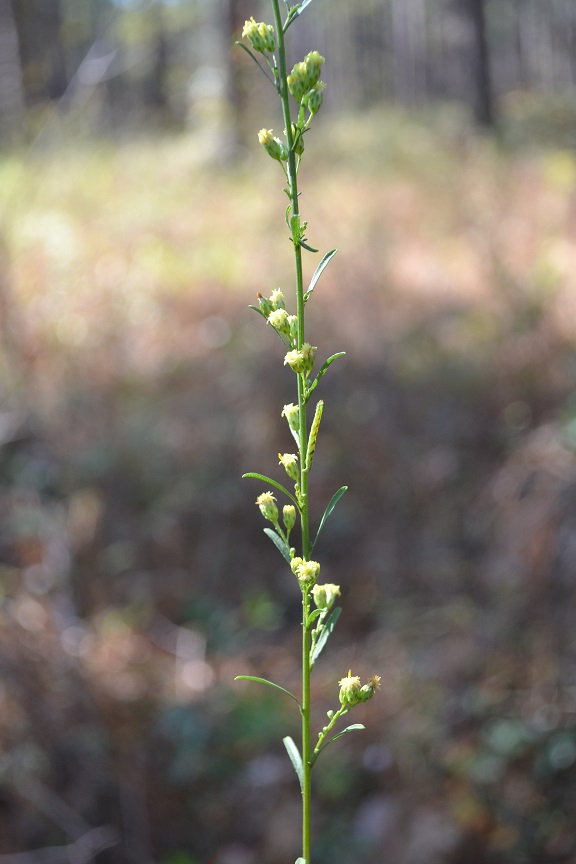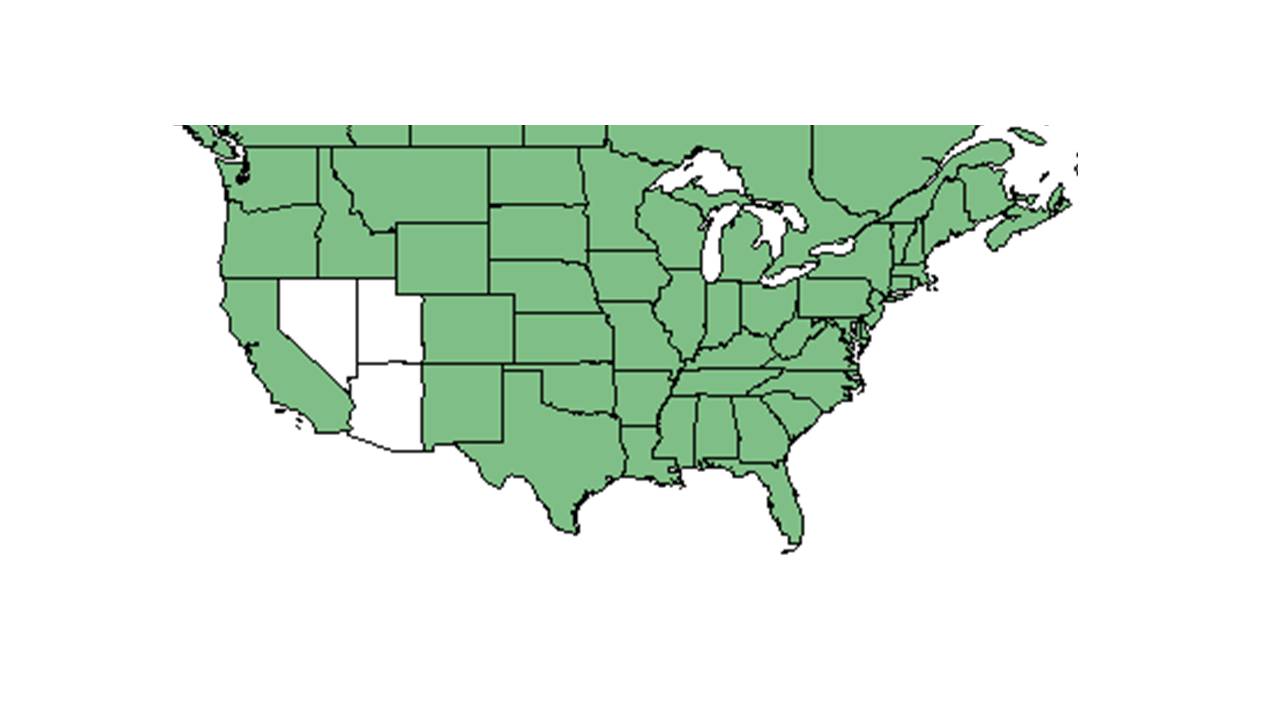Difference between revisions of "Erigeron strigosus"
| Line 18: | Line 18: | ||
}} | }} | ||
| − | Common | + | Common names: Prairie fleabane; Common eastern fleabane |
==Taxonomic notes== | ==Taxonomic notes== | ||
==Description== | ==Description== | ||
Revision as of 16:01, 24 August 2016
| Erigeron strigosus | |
|---|---|

| |
| Photo taken by Kevin Robertson | |
| Scientific classification | |
| Kingdom: | Plantae |
| Division: | Magnoliophyta - Flowering plants |
| Class: | Magnoliopsida – Dicotyledons |
| Order: | Asterales |
| Family: | Asteraceae ⁄ Compositae |
| Genus: | Erigeron |
| Species: | E. strigosus |
| Binomial name | |
| Erigeron strigosus Muhl. ex Willd. | |

| |
| Natural range of Erigeron strigosus from USDA NRCS Plants Database. | |
Common names: Prairie fleabane; Common eastern fleabane
Contents
Taxonomic notes
Description
A description of Erigeron strigosus is provided in The Flora of North America.
Distribution
Ecology
Habitat
In the Coastal Plain, E. strigosus can occur in upland old fields, sandy floodplains, turkey oak forests, lake shores, sandhill scrub oak-wiregrass communities, open oak woods, boggy slopes of longleaf pine savannas, and open limestone glades. In human disturbed areas it has been found along sandy roadsides, vacant lots, a disturbed sandhill growing with planted Pinus palustris and disturbed longleaf pine restoration sites. [1] Soils include sand, sandy clay, loamy sand and sandy loam. [1] Associated species include Liatris, Panicum, Leptoloma cognata, Baptisia megacarpa, Festuca, Piptochaetium, Verbena, Pinus palustris, Hymenopappus scabiosaeus, Phlox floridana, Stillingia sylvatica, Asimina longifolia var. spathulata, Lactuca graminifolia, Stylosanthes biflora, Erigeron strigosa, Baptisia lanceolata, Hedyotis crassifolia, Pterocauloon undulatum, Asclepias humistrata, Quercus hemisphaerica, Rhynchospora divergens, and Allium canadense. [1]
Phenology
Flowers March through October. [1]
Seed dispersal
According to Kay Kirkman, a plant ecologist, this species disperses by wind. [2]
Pollination
The following Hymenoptera families and species were observed visiting flowers of Erigeron strigosus at Archbold Biological Station. [3]
Halictidae: Agapostemon splendens, Augochlorella aurata, Halictus poeyi, Lasioglossum placidensis
Conservation and management
Cultivation and restoration
Photo Gallery
References and notes
- ↑ 1.0 1.1 1.2 1.3 Florida State University Robert K. Godfrey Herbarium database. URL: http://herbarium.bio.fsu.edu. Last accessed: October 2015. Collectors: Loran C. Anderson, Wilson Baker, Andre F. Clewell, R.F. Doren, Patricia Elliot, Richard Gaskalla, J.P. Gillespie, R. K. Godfrey, H.E. Grelen, Brenda Herring, Don Herring, E.M. Hodgson, C. Jackson, Ann F. Johnson, J.M. Kane, Gary R. Knight, R. Komarek, R. Kral, Richard Mitchell, R. A. Norris, Gwynn W. Ramsey, Paul L. Redfearn Jr. , Bian Tan, L.B. Trott, B. L. Turner. States and Counties: Alabama: Limestone. Florida: Calhoun, Columbia, Franklin, Gadsden, Hamilton, Leon, Liberty, Jackson, Jefferson, Madison, Marion, Nassau, Okaloosa, Polk, Putnam, Suwannee, Union, Wakulla. Georgia: Grady, Thomas. Louisiana: Caldwell. Compiled by Tall Timbers Research Station and Land Conservancy.
- ↑ Kay Kirkman, unpublished data, 2015.
- ↑ Deyrup, M.A. and N.D. 2015. Database of observations of Hymenoptera visitations to flowers of plants on Archbold Biological Station, Florida, USA.